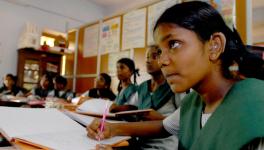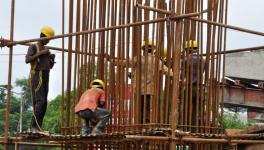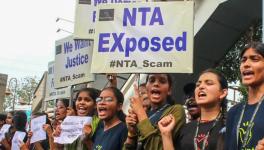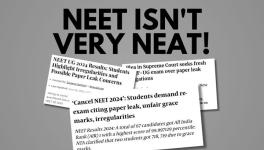Why the Ranking of Educational Institutions is Problematic
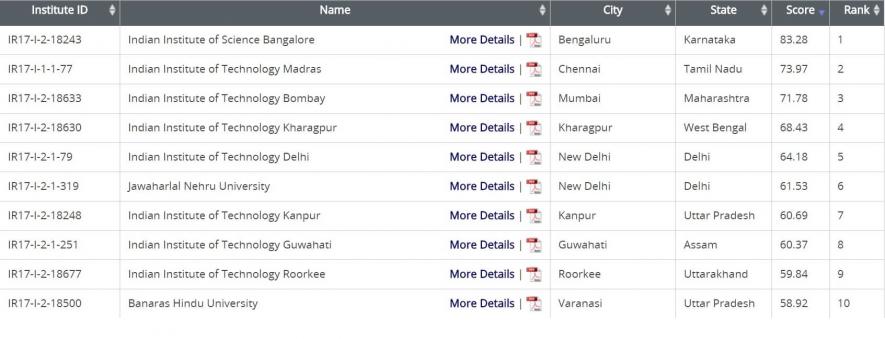
Union Human Resource Development (HRD) Minister has released the ‘India Ranking Report 2017’ as per the National Institutions Ranking Framework (NIRF). In this ranking, Jawaharlal Nehru University (JNU) has climbed up to number 2 rank (last year it was number 3). Jadavpur University (JU) too has entered the top ranking list. The high ranks of JNU and JU has attracted lot of attention since both of these universities have been at the receiving end of the RSS-BJP’s orchestrated attack. This attack has not only been limited to the ideological plank of the student movement in these campuses, but also seeked to discredit the very existence of public universities. Now, when these very institutions have got high ranks then many see this as the vindication of the purpose and scope of the public universities. However, such a belief would be highly misplaced, since the NIRF in essence is a part and parcel of the overall process of the commodification of higher education which is underway.
The NIRF was setup two years ago. The then HRD minister Smriti Irani while launching the framework in September 2015 had said that “the framework follows an Indian approach which considers India-centric parameters like diversity and inclusiveness apart from excellence in teaching, learning and research.” It was further said that the ranking framework will enable the stakeholders to “compare” various institutions. The ranking framework is based on five parameters namely: teaching, learning and resources; research, consulting and collaborative performance; graduation outcomes; outreach and inclusivity; and perception.
Our higher education sector is marred by stark dualism, wherein there is a tiny minority of “elite” institutions on one hand and vast number of institutions which are struggling with faculty shortage, cramped classrooms and inadequate infrastructure. The drastic fund cut made by the BJP government in the already inadequate financial outlays has made matters worse. The neoliberal financial regime with skewed centre-state distribution and a fetish on maintaining fiscal deficit, at a time when lakhs of crores of tax concessions are being given away to the big business, has forced governments to restrict the higher education funding. This lies at the root of the duality.
The agenda of ranking is intrinsically linked to the current phase of neoliberal academic reforms. Rashtriya Uchhtar Shiksha Abhiyaan (RUSA) was introduced by the previous Congress-led UPA government and has been carried further by the BJP-led NDA government. It replaces the pre-existing multiple funding mechanisms with one centralized mechanism, with set of pre-conditions for the institutions/states.
These conditions include the implementation of Choice Based Credit System (CBCS), semesterization, and compulsory accreditation among others. Funding under RUSA will be norm based as well as performance based. This basically means that the state governments or universities won’t have any room to modify the system according to their specific conditions. Funding will be linked to the performance of the institution based on set criteria (which would include student-teacher ratio, infrastructure, examination results etc).
This would effectively spiral into increasing the already existing inequalities. For example, let us consider St. Stephen’s College in Delhi and Rajendra Mishra College in Saharsa, Bihar. If funding is linked to accreditation, then St. Stephen’s college will continue getting more funds every year due to better ‘indicators’, while Rajendra Mishra College will actually keep on getting lesser funds every year. RUSA also has provisions to divert public money to fund private institutions, which are anyways free to charge exorbitant fees.
Further, ‘ranking’ would institutionalize the commodification of education which is in full swing today. Since commodification itself involves a process by which the commodity looses “use value” on both ends- on the seller side and also on the side of the buyer. When education becomes a commodity, teachers and administrators become “sellers” of education and students become “buyers” of education. This erodes the social consciousness of education, which is essential to the task of nation building in India. In fact, this social consciousness poses a serious challenge to the imposition of the Hindutva agenda in our universities. It is this contradiction which lies at the heart of the aggressive state assault on institution after institution in the recent period and it is this contradiction which weds Hindutva and neoliberalism together.
In the nutshell this fetish of “ranking” and ordering means greater homogenization of the universities, with a specific set of courses dominating (marketable professional courses given greater weightage over the social sciences and humanities). It would mean that over a course of time all institutions would tend to have similar set of courses since this would find reflection in the ranking (and also the funding). At the same time, this homogenization would also lead to increasing duality within the higher education sector. The biggest damage though would be something else- a further detachment of the university from the larger society (since the social consciousness attached with education would get eroded). We have already seen how this ‘detachment’ makes it very convenient for the fascistic groups to brand entire public universities as islands of elitism which are exist at the cost of the toil of the millions of working people. We can objectively apprehend that the ‘ranking’ will lead to further decimation of the social and political role of the public university.
Disclaimer: The views expressed here are the author's personal views, and do not necessarily represent the views of Newsclick.
Get the latest reports & analysis with people's perspective on Protests, movements & deep analytical videos, discussions of the current affairs in your Telegram app. Subscribe to NewsClick's Telegram channel & get Real-Time updates on stories, as they get published on our website.













